I'm kind of new to this and hope someone with more experience can give recommendation or even a schematic suggestion.
I have one function generator (Agilent) and one DC source (Agilent). The signal generator is set to send out a signal of 180KHz with Vpp5V, I don't want the signal to go below zero so I add DC with a Bias-Tee and "lift" the AC signal by adding let say 10V DC, so now AC is turning around 10V (5V<->15V). This I can do and it works well. What I want to do now is to divide the output from same setup in three output signals, with the difference of DC level but with the same AC level. For example I want to set the input signal to AC5V DC10V and on the output get: Output1= AC5V DC12V, Output2= AC5V DC14V, Output3= AC5V DC16V. It can also be that the input signal is AC5V DC20V put with the demand of output as above.
I understand one solution is to have three different DC power supply with three different Bias-tee, but if it can be solved in a easier way I would prefer that.
Than you for your help



